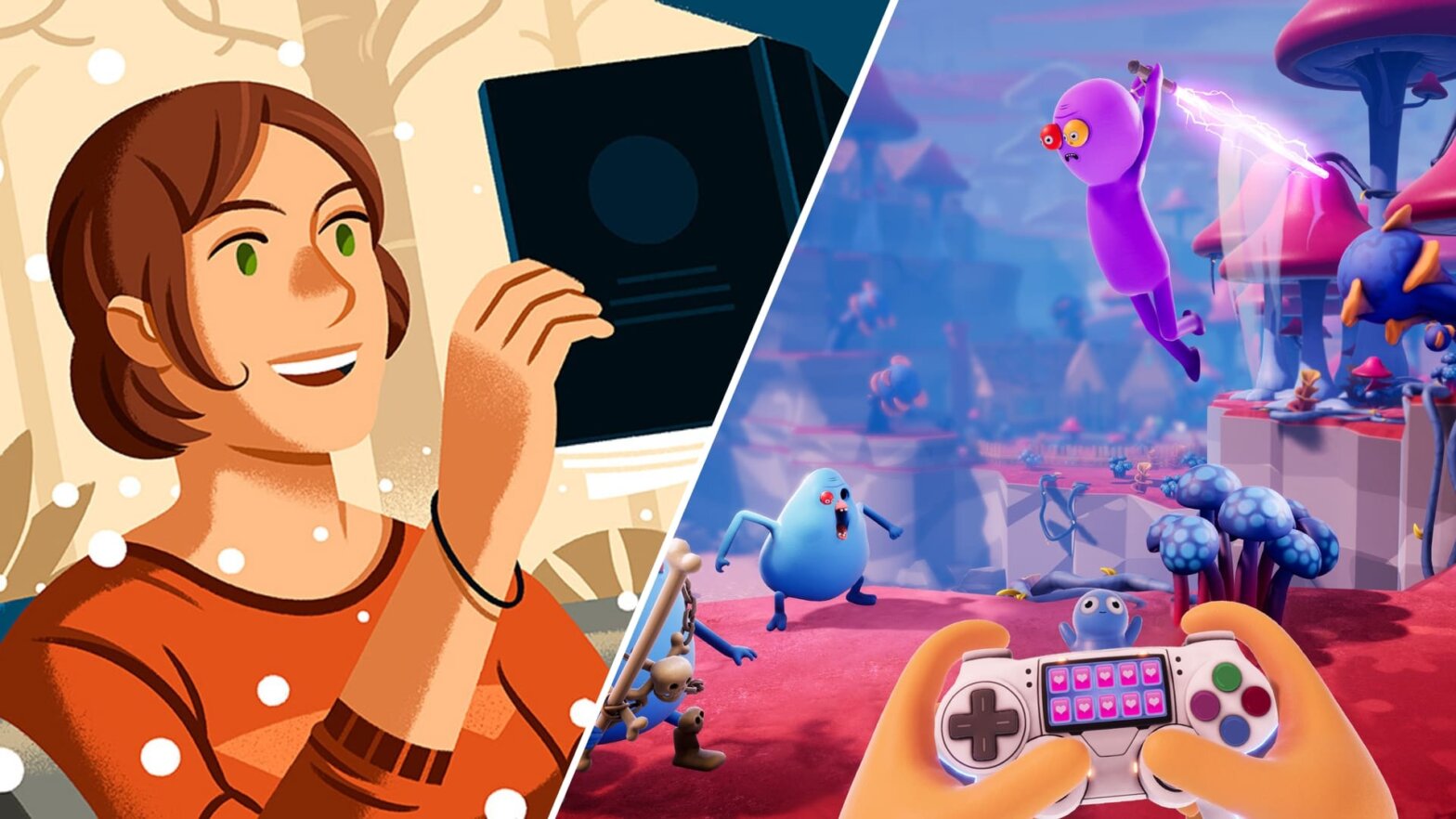Your eyes scroll horizontally, sentence by sentence, word over word over word – you stop to think, who is it that’s addressing me? Then, perhaps subconsciously, you realize that you must be reading from an alternate point of view, maybe this is second person – but what is second person point of view? We’re going to break down the second person point of view, or second person POV, with examples from Bright Lights, Big City and Mad Men, but first, let’s define second person point of view.
SECOND PERSON POINT OF VIEW DEFINITION
What is a second person point of view?
A second person point of view is a narrative perspective that places the emphasis on you. Although the second person point of view is very difficult to sustain, it can be used sparingly to great effect by writers to make the reader an active participant in a story. Second person is incredibly hard to communicate in visual mediums, because it’s so reliant on upsetting the more detached perspectives we typically have while watching film or TV.
Characteristics of the Second Person POV:
- Emphasis on you
- Makes the reader an active participant
- Hard to sustain for long periods of time
Second Person Point of View Examples
Types of second person point of view
What does second person point of view mean, really? When writing in the second person POV, be mindful of subjective, objective, and possessive grammar; as well as the singular and plural versions of the pronoun. Here are the principle pronouns we use to write second person:
- You
- Your
- Yours
All three of these pronouns are both singular and plural. To differentiate whether they’re intended to be interpreted as singular or plural, we have to rely on the rest of the sentence in which they’re used.
For example:
- “Jessica, you are such a jerk!” (singular)
- “You guys are such jerks!” (plural)
- “Sir, your car is waiting outside.” (singular)
- “Mr. and Mrs. Smith, your car is waiting outside.” (plural)
- “Jimmy, that home run was huge – this trophy is yours.” (singular)
- “That was a real team effort – this trophy is all yours.” (plural)
There are some cases in which different words are used to differentiate the singular and plural in the second person, such as yourself vs. yourselves.
- “Alexa, you should be proud of yourself.” (singular)
- “Great work everybody, you should be proud of yourselves.” (plural)
Also, don’t forget about imperative sentences – these don’t use the word “you” but instead imply it. Here a couple of examples:
- “This project needs to be completed by noon.”
- “Grab the keys.”
- “Please take out the trash.”
The second person imperative relies on action verbs, like “grab” and “take” to communicate an unspoken directive at a secondary party. Now that we’ve reviewed some grammatical intricacies of using the second person POV, let’s dive into some second person point of view examples.
Second Person Perspective in Writing
What is 2nd person POV in literature?
The second person point of view is used fairly often in writing, but it’s unusual for a story to exclusively rely on it. Just think about it: would you want to read a 200-page novel that forces you to be active the whole time?
Probably not; as such, very few novels have ever pulled it off. This next video explores in further detail the strengths and weaknesses of writing in the second person POV.
What is Second Person Point of View in Literature? • How to Write in 2nd Person POV by Reedsy
One successful novel that’s told entirely in the second person is Jay McInerney’s Bright Lights, Big City. The story of the novel follows a young writer who descends into New York City’s toxic nightlife, all told from the perspective of “you.”
For example, here’s a quote:
“You keep thinking that with practice you will eventually get the knack of enjoying superficial encounters, that you will stop looking for the universal solvent, stop grieving. You will learn to compound happiness out of small increments of mindless pleasure.”
By using the second person, McInerney forces emotion onto us; he changes our perspective by forcing introspection. The line between the narrator and the reader thins as the plot develops. Ultimately, we’re forced to examine themes of the story by looking at ourselves.
Types of Second Person Point of View
Second person point of view in ads
Ever since the days of ad-men, the second person point of view has been regarded as one of the best perspectives for effective marketing. One of the foundational aspects of marketing is making the customer believe they need what you’re selling. How is this done? Well, it starts with the second person.

“Advertising is based on one thing: happiness. And you know what happiness is? Happiness is the smell of a new car, it’s freedom from fear, it’s a billboard on the side of the road that screams with reassurance that whatever you’re doing is okay. You are okay.”
— Don Draper
After we rehearsed what Don Draper said in Mad Men, let’s see how that point was proven with some of the most popular slogans in the world:
- Think Different (Apple) — (second person imperative)
- You’re in Good Hands (Allstate) — (second person singular)
- Have it your way (Burger King) — (second person possessive)
- Just Do It (Nike) — (second person imperative)
By using the second person point of view, companies are able to communicate directly with the consumer. Moreover, they’re able to inspire action, and drive sales through an artificial sense of connection.
Second Person Point of View Movie Examples
Second person point of view in media
If the second person point of view is defined by the word you and imperative clauses, then how is it possible for the second person to be communicated in a visual medium? Well, it’s certainly tricky to pull off.
There’s definitely a sense of “meta” with second person. In writing, that “meta” exists between the writer and you as the reader. The “meta” is everything inferred, everything read between the lines that’s not outwardly said, like subtext and satire.
There are a couple of games that are so “meta” that one could argue that they’re second person. This next video argues that Trover Saves the Universe is told solely through the second person POV.
2nd Person Point of View Examples • A True Second Person Game by Daily Quests
Trover Saves the Universe was co-created by Rick and Morty co-creator Justin Roiland. Much of the satire from Rick and Morty is used to similar effect in Trover Saves the Universe; but a major difference lies in the works' separate perspectives. Roiland and the development team effectively enter that meta-state we talked about earlier by putting us in the vantage of one character who’s controlling another. As such, many regard this perspective as second person.
UP NEXT
What is First Point of View?
We covered how the second person POV is used in writing and gaming, but what about the first person? Don’t worry, we have you covered on this categorie as well, with blog post that go into similar detail on how first person perspective is used by writers, designers, and filmmakers to expert effect.
